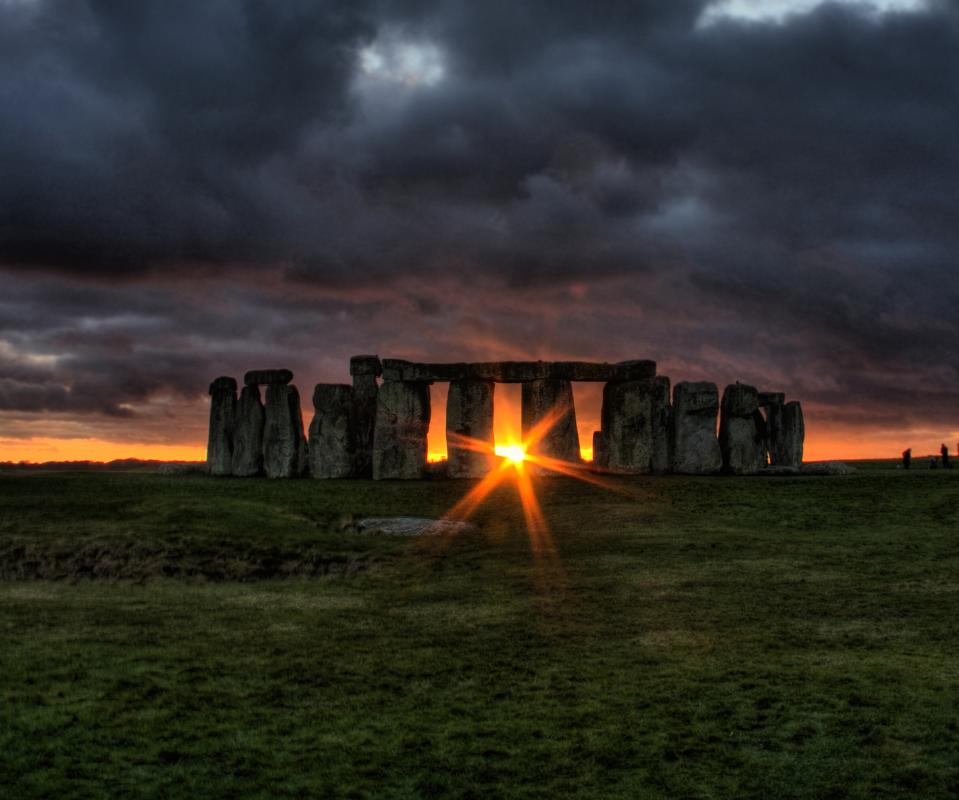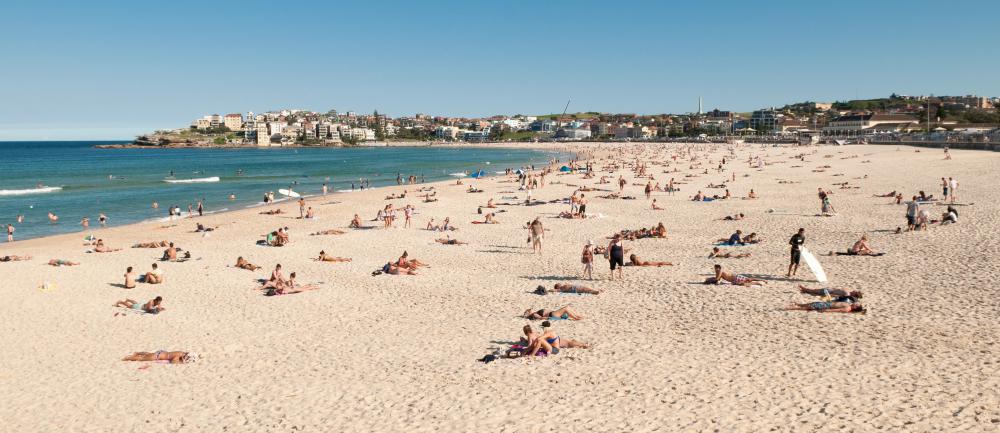What is the Longest Day of the Year?
 Mary McMahon
Mary McMahon
The longest day of the year is the summer solstice, which falls around 21 June in the Northern Hemisphere, and 21 December in the Southern Hemisphere. The length of this day varies, depending on where on Earth a person is, with people in high latitudes experiencing very long days, while people closer to the equator experience shorter days. Along the equator, of course, every day of the year is of equal length.
The summer solstice is caused by the fact that the Earth is tilted on its axis. This means that, as it rotates around the Sun, one side of the Earth faces the Sun for a longer period, depending on where the Earth is in its rotation. Day length at the equator remains stable because the equator is always turned towards the Sun, no matter which pole is facing it.

In June, the Northern Hemisphere is tilted towards the Sun, causing the days to be longer because more of the North is exposed at any given time, while the days in the South are shorter because less of the hemisphere is exposed. As the Earth moves in its orbit, the alignment of the tilt slowly switches, causing the days in the North to shorten until the South is more fully exposed, giving the South its summer solstice.

The longest day of the year can reach 24 hours of daylight at very high latitudes, leading to the famous “midnight sun” of regions like Scandinavia. Historically, people have celebrated this point with midsummer parties, reflecting the coming change of seasons and celebrating the bounty of summer. The shortest day of the year, the winter solstice, is also usually celebrated for the expected return of the light as the days begin to lengthen.

Just as the poles get lots of light in the summer, they also get a lot less light in the winter. Researchers in Antarctica, for example, get to see only a brief flash of light in June, because the South Pole is turned away from the Sun during this period. Likewise, when the days get longer in the South, people in Northern latitudes experience less daylight. Lack of light can lead to depression, and it makes it harder to grow crops and raise livestock. No small wonder that people viewed the shortest and longest day of the year with superstition historically, recognizing the hardship of short days.
AS FEATURED ON:
AS FEATURED ON:














Discussion Comments
@CirrusClouds- Ancient astronomers believed when the sun wouldn't rise, or set depending on the time of year, that the natural world was falling into chaos. They believed if the sun was out of rhythm, the rest of the world would fallow.
People feared for their crops and their livestock, believing there was black magic affecting the sun. They burned fires and spun sun wheels, trying to coax the sun back into a normal rhythm.
What are some of the superstitions people believe about the summer solstice?
Post your comments